When Hurricane Maria tore through the Caribbean in September 2017 as a category 5 storm, it destroyed livelihoods, infrastructure, and entire ecosystems. On the small island of Vieques, east of Puerto Rico, coastal mangrove forests were buffered from the initial onslaught of wind and seemed to survive. But after several months, huge numbers of trees died, leaving the coast more vulnerable to flooding and erosion from future storms.
Research now points to a surprising cause for this delayed death: trapped freshwater left over from Maria’s intense rainfall, which disrupted the balance of salinity in the wetland. An overgrowth of mangroves in a poorly connected inlet on the island blocked this plug of freshwater in a connecting lagoon, which sentenced the mangroves to a slow, unsalty death.
“Mangroves can handle freshwater, and they can handle saltwater, but they can’t handle a change,” said Frances Griswold, a doctoral candidate in coastal sedimentology at the University of Massachusetts Amherst. She and her colleagues will present their research at AGU’s virtual Fall Meeting 2020.
Shoreline Sponges
While mangroves are susceptible to storm damage like any other tree, they also serve as shields for tropical coastlines worldwide. With shrubby tops and tangled stems, their dense root systems absorb wave energy and trap sediments from rushing farther inland during major storms.
“We think of mangroves as a buffer that protects inland areas,” said Lola Fatoyinbo, a coastal wetlands researcher at NASA’s Goddard Space Flight Center in Greenbelt, Md., who was not involved with the new work. “They act like a sponge and absorb a lot of the storm energy.”
“It was like a ghost town. Where before we were ducking under a canopy of living branches, now we were navigating through fallen trees.”For instance, after the catastrophic 2004 tsunami in Southeast Asia, researchers found that villages behind mangrove thickets sustained less damage than those where mangroves had been cut away, said Fatoyinbo.
On Vieques, home to the bioluminescent Mosquito Bay and the Vieques National Wildlife Refuge, Griswold and her team observed dense vegetation and abundant fauna in the forests bordering an inlet lagoon in spring 2018, 8 months after Maria swept through. But by fall 2019, nearly all of the mangroves had died.
A Dynamic Coast
To quantify their observations, the researchers extracted sediment cores and measured turbidity and water levels in the mangrove lagoon and the inlet joining it to the ocean. Their sensors picked up restrictions in flow between the ocean and the lagoon, meaning that freshwater dumped by the hurricane might have been trapped in the interior wetland.
When they analyzed the cores, the researchers found sandy deposits that predated Maria—potential evidence of a former inlet with better flow to and from the sea, said Griswold.
The hurricane-related die-off also opens the inlet for better water flow and creates room for a new crop of mangroves to grow out of the peat left behind. The scientists then evaluated historical aerial imagery and maps of Vieques to track the changing shape and location of this inlet lagoon over time. They found that since 1936, the inlet has grown longer, more sinuous, and more densely packed with mangroves, said Griswold. “This puts more friction in the system and slows down the ability of water and sediment to move in and out.”
Losing the natural mangrove buffer might make the northwestern coast of Vieques more vulnerable for a while, Griswold noted. But it also opens the inlet for better water flow and creates room for a new crop of mangroves to grow out of the peat left behind, she said.
This sequence of mangrove growth, trapped freshwater, tree death, and regrowth highlights the plasticity of coasts and wetlands, said Jon Woodruff, a sedimentologist at the University of Massachusetts Amherst who worked on the research. “These coastal settings are constantly evolving,” he said. “They have these natural cycles that we are only now starting to appreciate.”




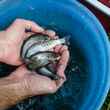
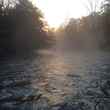
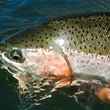



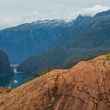
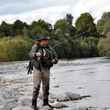



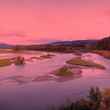



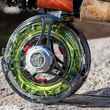
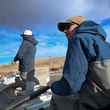



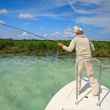
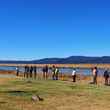



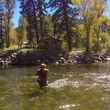

Comments